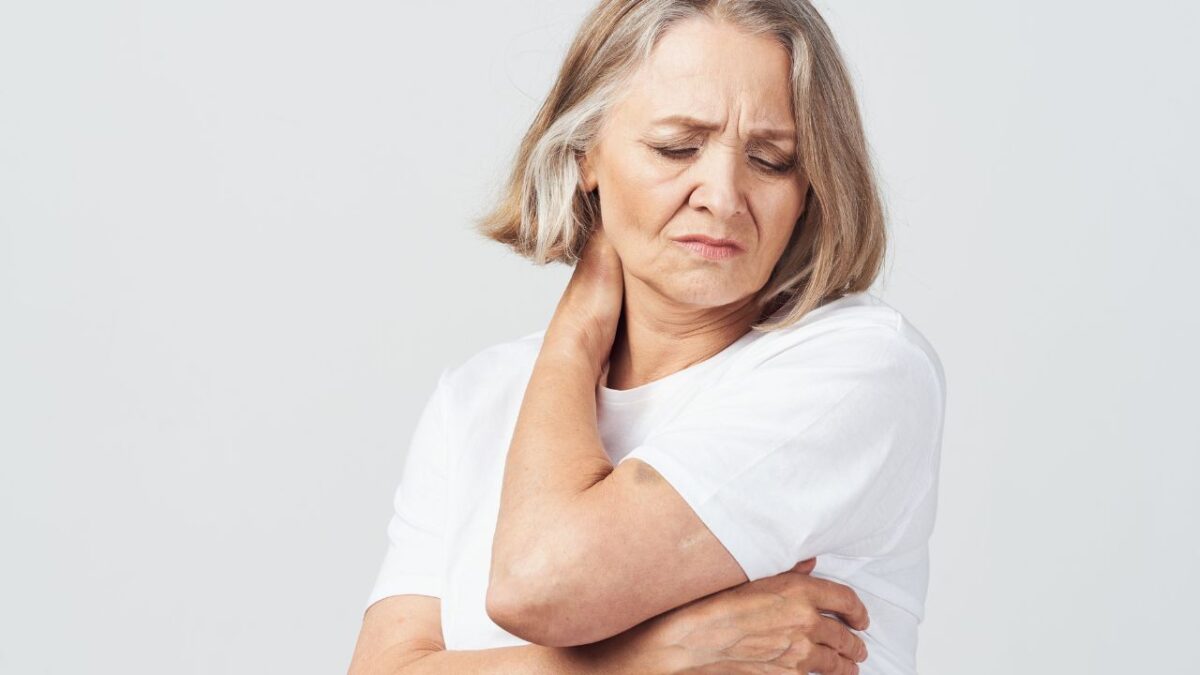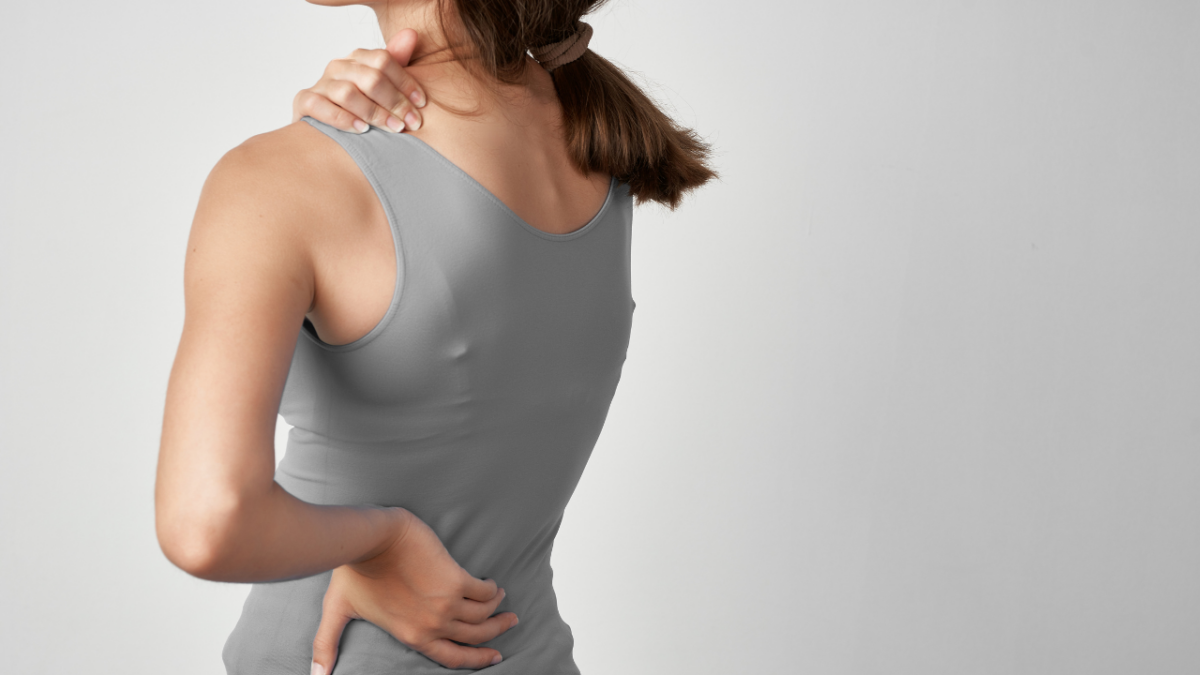Menopause and Bone Health: Understanding the Impact and Preventing Osteoporosis
One of the most concerning effects of menopause is its impact on bone health. As estrogen levels decrease during menopause, the rate of bone resorption (breakdown) increases, while the rate of bone formation decreases, leading to a decrease in bone density and an increased risk of osteoporosis.
How Menopause Affects Bone Density
Bone density refers to the amount of bone mineral in bone tissue, and it is a crucial indicator of bone strength and overall skeletal health. During the reproductive years, estrogen plays a vital role in helping to maintain bone density by inhibiting bone breakdown and promoting bone remodeling. However, as estrogen levels drop during menopause, this protective effect diminishes, accelerating bone loss. In fact, women can lose up to 20% of their bone density in the five to seven years following menopause, making them more susceptible to fractures.
Risk Factors for Osteoporosis
Several factors can increase the risk of developing osteoporosis during menopause:
- Genetics: A family history of osteoporosis can increase risk.
- Body frame size: Women with smaller body frames tend to have less bone mass to draw from as they age.
- Lifestyle factors: Poor nutrition, physical inactivity, and smoking can exacerbate bone loss.
- Medical conditions and medications: Certain conditions and medications can affect bone density.
Ways to Prevent Osteoporosis
Fortunately, there are several strategies to help manage and reduce the risk of osteoporosis during menopause:
- Calcium and Vitamin D Intake: Calcium is crucial for bone health, and vitamin D is essential for calcium absorption. Women over the age of 50 should aim for at least 1,200 mg of calcium per day, through diet or supplements, and 800-1000 IU of vitamin D. Foods rich in calcium include dairy products, green leafy vegetables, and fortified foods. Sun exposure is also a good source of vitamin D.
- Regular Exercise: Weight-bearing exercises, such as walking, jogging, and dancing, and resistance exercises, such as lifting weights, can help maintain bone density by stimulating bone formation. Aim for at least 30 minutes of physical activity most days of the week.
- Healthy Lifestyle: Avoiding smoking and limiting alcohol consumption are important, as both can increase bone loss. Maintaining a healthy weight is also beneficial as being underweight can increase the risk of bone loss and fractures.
- Bone Density Testing: Women should discuss bone density testing with their healthcare provider. This test can diagnose osteoporosis before a fracture occurs and predict one’s chances of fracturing in the future.
- Medications: In some cases, doctors may recommend medications that help prevent bone loss and rebuild bone. Medications such as bisphosphonates and selective estrogen receptor modulators (SERMs) are commonly used to treat osteoporosis.
- Monitor Menopausal Symptoms: Since menopausal symptoms can indirectly affect lifestyle choices impacting bone health, managing these symptoms effectively is also crucial.
Addressing bone health during menopause is essential for preventing osteoporosis and related fractures. By taking proactive steps towards maintaining bone density, women can enjoy a healthier, more active lifestyle well into their later years.



